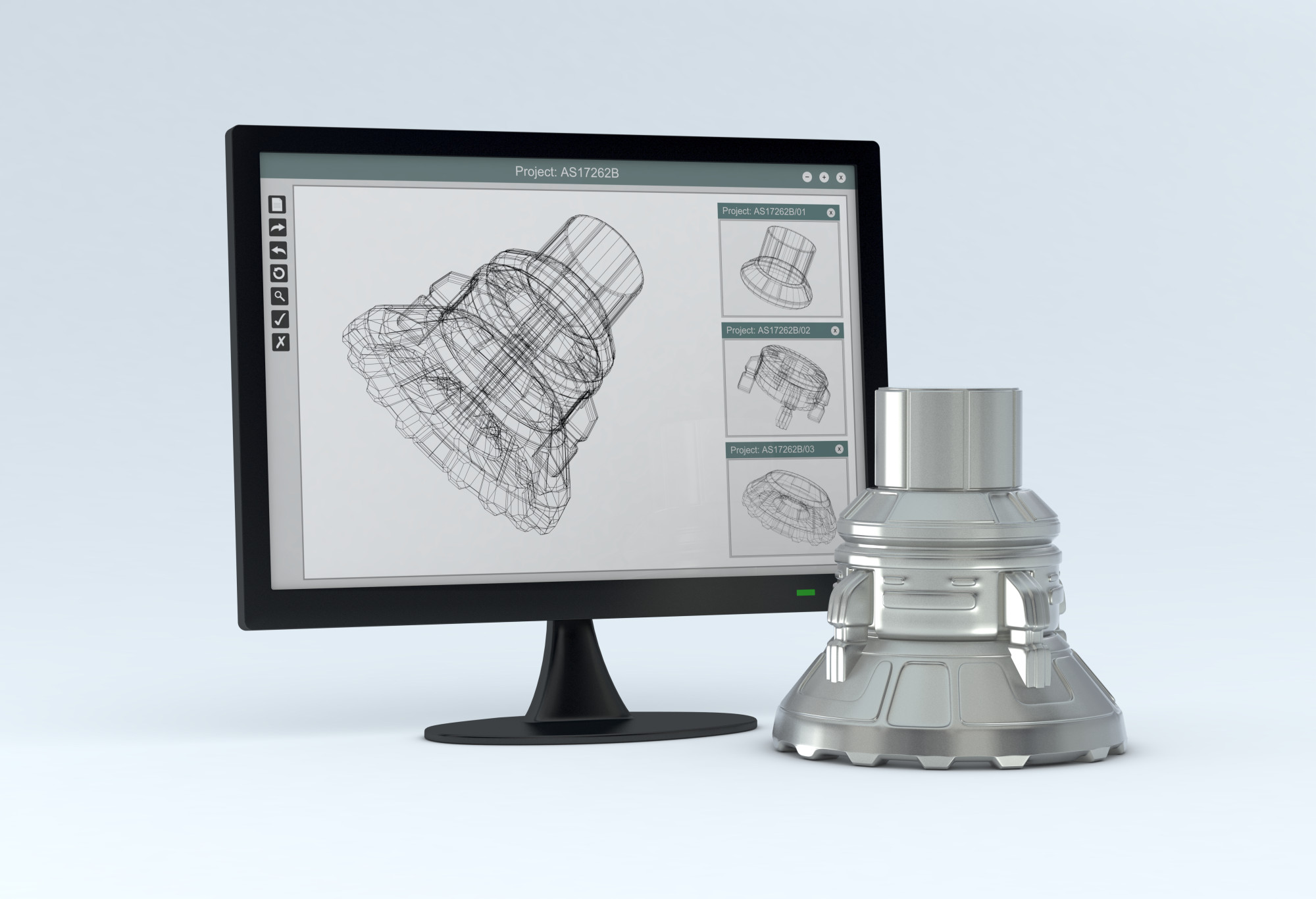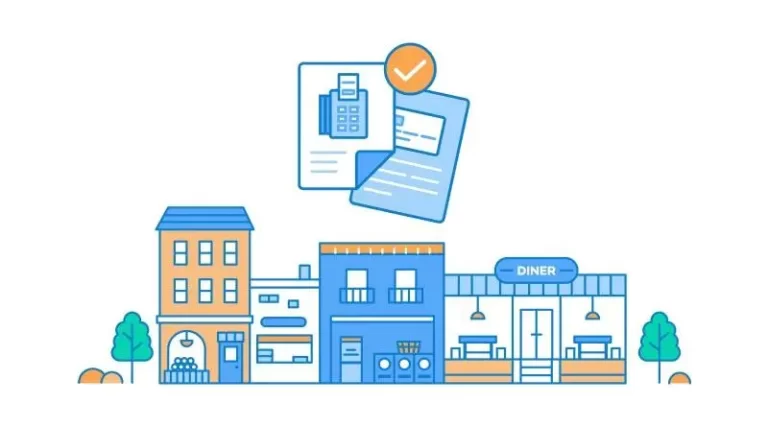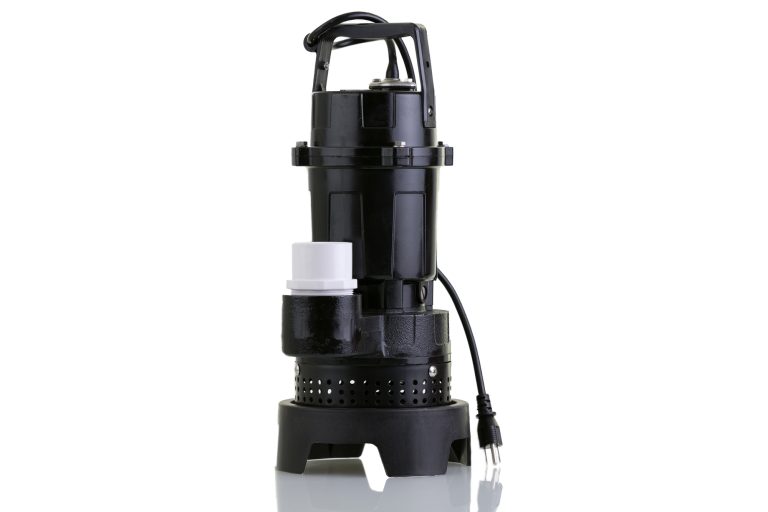From Idea to Market: 4 Incredibly Helpful Tips for Product Prototyping
Product prototyping allows you to see if the experience meets the vision you have imagined. Does it feel like that? Does it look right?
Prototyping is an extremely helpful step to take before launching the product or prototype to the market.
Although prototyping is important, many entrepreneurs aren’t aware of what the product prototyping journey looks like.
Let’s take a look at the tips to make it happen with less stress.
1. Establish Clear Goals
Product prototyping is an essential element of bringing any new product to market. Product prototyping can help turn an idea into a successful product by setting clear goals and establishing clear objectives.
Without clear goals, it can be difficult to know if the product is right for the customer or if it is achievable with the resources you have. When setting objectives, ask yourself, What is the purpose of the product, and how is it going to benefit the customer? This can help you create an action plan to make sure the product is as successful as possible.
2. Research the Marketplace
Researching the marketplace before prototyping is essential for successful product development and launch. This includes looking for reports, talking to experts, and studying trends to gain insights into market needs, competitors, and successful products.
It is important to research possible funding sources to ensure the business and product have the necessary resources to launch. With a thorough understanding of the marketplace, any product can be developed and launched with the greatest chance of success.
3. Use Prototyping Software Tools
Product prototyping is a key step in taking an idea from concept to reality, and utilizing appropriate prototyping software tools can help make this process simpler and faster. Use a software prototyping tool that allows you to make changes to the product design and its features.
Use computer-aided design (CAD) tools to create detailed drawings for the product parts. Simulate how the product works in its intended environment with the help of 3D mapping software. Explore interactive prototyping tools to create mockups you can use in presentations or user tests.
4. Test and Refine Your Prototype
When testing and refining a product prototype, it is important to listen to user feedback. This allows for refinement and improvement of the product. It is important to pay attention to feedback from various target markets and use them to refine the product.
It is important to measure and track the performance of the prototype to determine how to improve it. This will help to spot issues and errors which need to be addressed. Testing the prototype with real-world scenarios is also essential to ensure that it works as intended in real-world settings.
It is important to analyze the results of the testing sessions and change the prototype. You can also get a used 3D scanner to create your prototype.
Learn More About Product Prototyping
Product prototyping is essential to go from ideation to launching your product to the market. Utilizing product development tools such as 3D printing, laser cutting, and other techniques can help you create a model of your prototype.
Following these four helpful tips, you can create a successful prototype and take your idea to the next level. Start prototyping your idea today to turn it into a successful product!
Did you find this article helpful? Check out the rest of our blogs!






